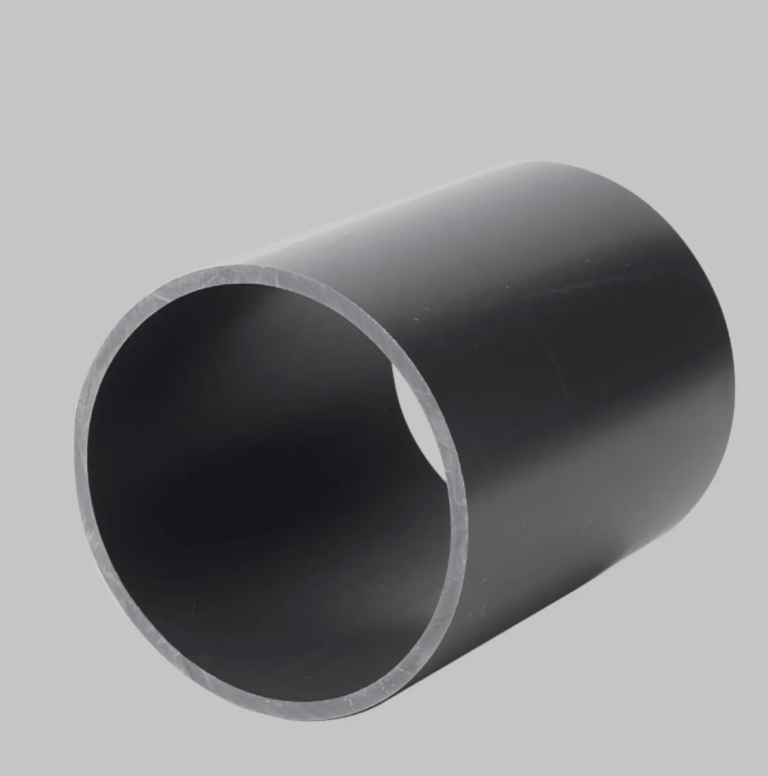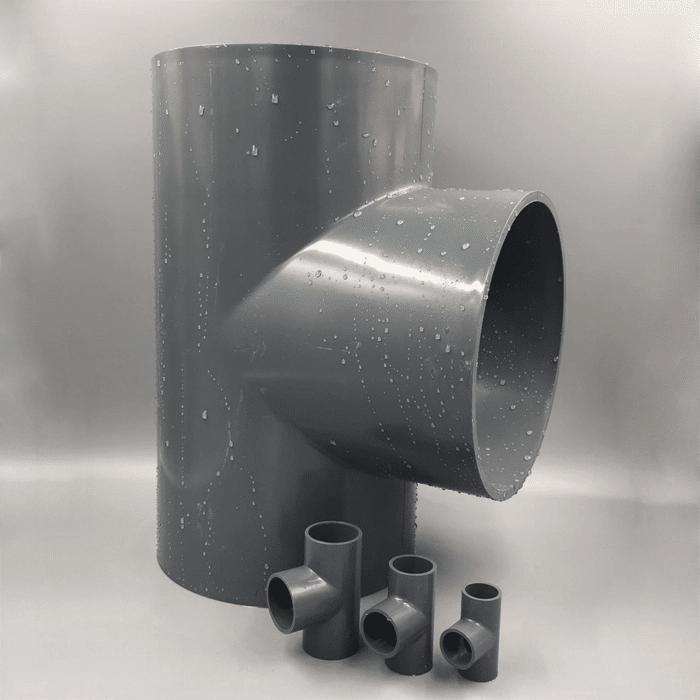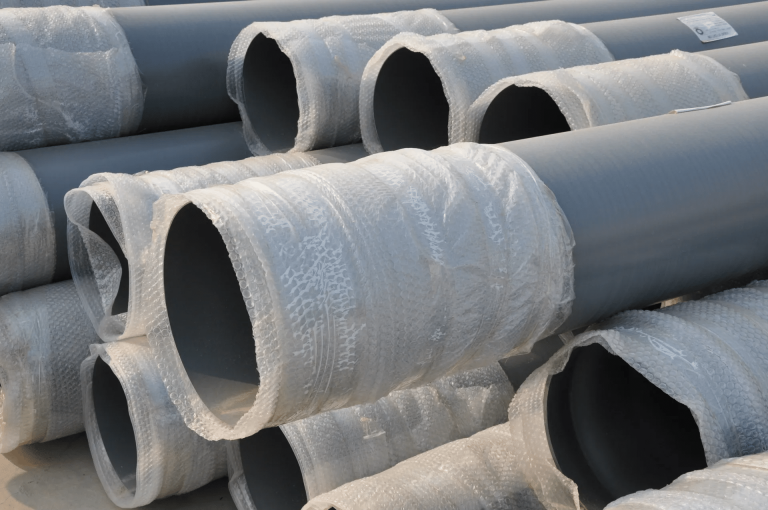UPVC (Unplasticized Polyvinyl Chloride) pipes and fittings are engineered for modern water supply and drainage infrastructure, offering a blend of durability, efficiency, and cost-effectiveness. Unlike conventional metal pipes, UPVC resists corrosion, rust, and chemical degradation, ensuring a service life exceeding 50 years under standard conditions
. These pipes are manufactured from rigid, non-toxic materials, making them safe for potable water systems and suitable for residential, commercial, and industrial applications .
Key Advantages
Exceptional Corrosion & Chemical Resistance
UPVC pipes withstand exposure to moisture, acids, alkalis, and soil chemicals without rusting or deteriorating. This makes them ideal for drainage systems, industrial effluent transport, and coastal environments
.
Lightweight & Easy Installation
Weighing 1/8 of steel pipes, UPVC systems reduce transportation and labor costs. Their simple joining methods—solvent welding, rubber ring joints, or push-fit connections—enable rapid installation with minimal tools
.
Smooth Interior for High Flow Efficiency
The hydraulic smoothness of UPVC pipes (Manning coefficient: 0.009) minimizes friction loss, improving flow rates by up to 30% compared to metal pipes. This reduces pumping energy costs and prevents sediment buildup
.
Long-Term Durability
With high impact strength and UV resistance, UPVC pipes perform reliably in temperatures from -40°C to 60°C. They are immune to electrolytic corrosion and microbial growth, ensuring consistent water quality
.
Cost-Effectiveness
UPVC systems offer lower initial costs than metal alternatives and require minimal maintenance. Their longevity and leak-free joints reduce lifecycle expenses by up to 50% in water and drainage projects
.






